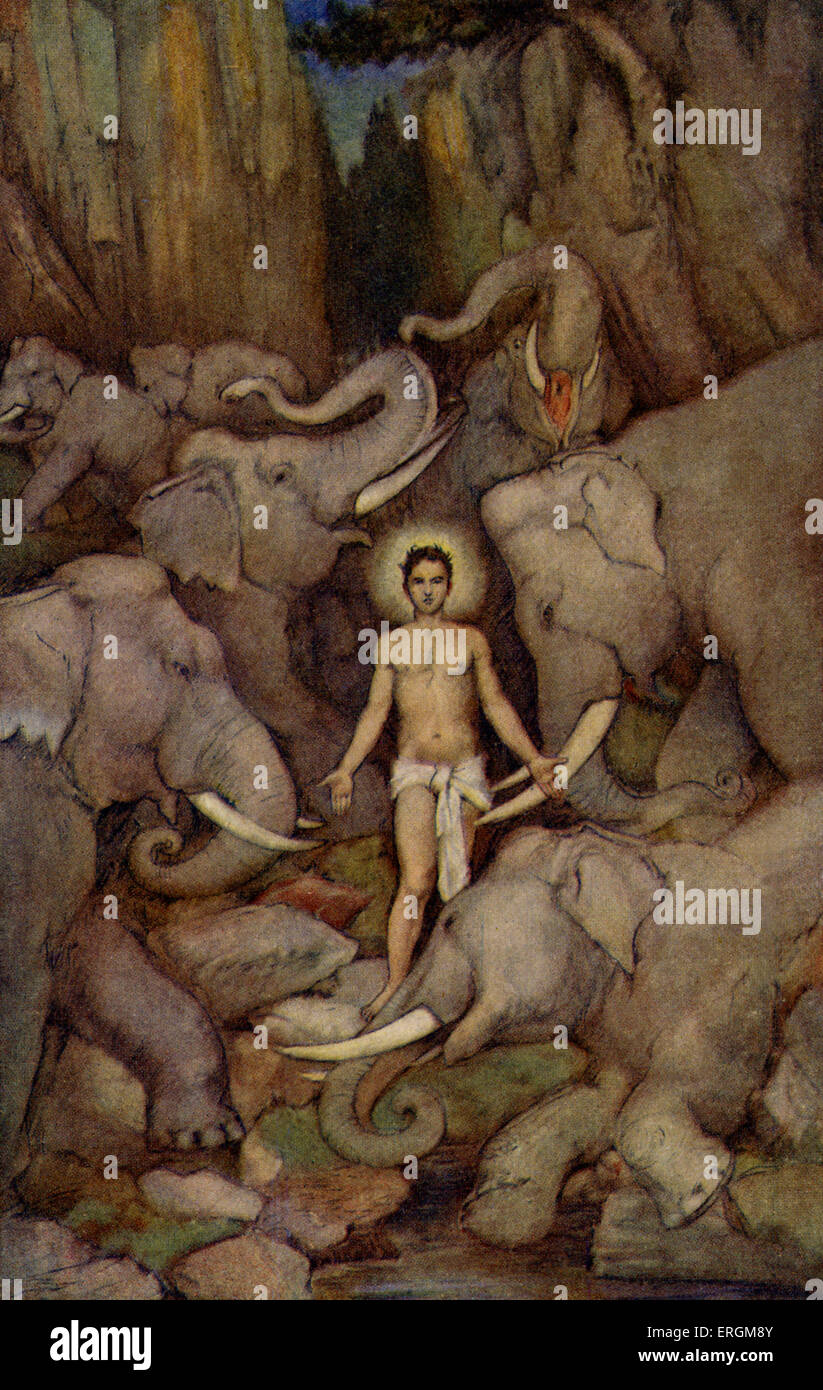


Unearth a rare find of a container adorned with a dynamic combination of slip-painted and low-relief embellishments, featuring a lizard and snake in a fierce chase. This one-of-a-kind vessel was crafted in the early to mid-20th century, possibly from the regions of Somono, Mali or Bobo, Burkina Faso, in Northern Africa and the Sahel. Experience the flattened, schematized style and textured body of the creatures in striking red-orange slip, surrounded by the natural, cream-colored clay. Plan your visit to discover this mesmerizing piece and more from our collection while exploring the programs suitable for all ages.
Unveiling the Enigmatic Container with the Most Water: An Exploration of Its Significance
The quest to identify the container that can hold the greatest amount of water has intrigued humans for centuries. While modern science has provided sophisticated solutions, ancient civilizations displayed remarkable ingenuity in crafting vessels with exceptional water storage capacities. One such container that has captivated the imagination of scholars and art enthusiasts alike is the enigmatic "Container with Most Water."
Origins and Design
The Container with Most Water is believed to have originated in the early to mid-20th century in the regions of Somono, Mali, or Bobo, Burkina Faso, in Northern Africa and the Sahel. It is adorned with a dynamic combination of slip-painted and low-relief embellishments that depict a fierce chase between a lizard and a snake. The flattened, schematized style and textured body of the creatures, rendered in striking red-orange slip, stand out against the natural cream-colored clay.
The vessel's unique design combines elements of traditional African art forms and functional craftsmanship. The interplay of slip painting and low-relief embellishments adds depth and dimension to its surface, while the flattened and schematized figures reflect the aesthetics of African folk art. The distinct curvature of the container suggests its practical use as a vessel for storing and transporting water.
Historical and Cultural Significance
The Container with Most Water not only represents a testament to the artistic skills of its creators but also provides insights into the cultural and social practices of the region where it was made. It is believed that such containers were commonly used for domestic purposes, such as fetching water from sources like wells or rivers. The large capacity of the container enabled households to store sufficient water for daily use, especially during periods of limited rainfall or water scarcity.
Furthermore, the container's intriguing depiction of a lizard and snake chase may carry symbolic or mythological significance within the local community. In some African cultures, lizards and snakes are associated with various aspects of life, such as fertility, protection, or the balance of opposing forces. The presence of these animals on the container suggests its potential as a multi-layered object, imbued with both practical and symbolic meanings.
Top 5 FAQs
1. How large is the Container with Most Water?
The exact dimensions of the container are not readily available, but it is described as being able to hold a significant amount of water, suggesting a substantial size.
2. What is the estimated age of the container?
The container is estimated to have been crafted in the early to mid-20th century, based on its stylistic features and the timeframe associated with similar artifacts from the region.
3. Is the container currently on display?
The article mentions that the container is part of a collection that is open to the public. However, the specific location of the display is not provided.
4. What is the significance of the flattened, schematized figures on the container?
Flattened and schematized figures are common features in African folk art, representing a distinctive style that emphasizes abstraction and symbolism over naturalistic depiction.
5. What is the potential symbolic meaning of the lizard and snake depicted on the container?
Lizards and snakes often carry cultural and mythological significance in African cultures, representing concepts such as fertility, protection, or the balance of opposing forces. The specific meaning associated with the lizard and snake on this container requires further research and interpretation within the context of the local community's beliefs.

A spiritual education institution in Maharashtra, India is under investigation after a student reported sexual harassment by the head and a teacher. The student spoke out to authorities after being warned not to by the teacher and faced threats of repercussions if she did so. Both accused have been detained for questioning and a thorough investigation is being conducted. The incident has sparked concerns about transparency and external affiliations within the institution.

Environmental activist and founder of nonprofit Chintan, Bharati Chaturvedi, shared a frightening encounter with an Uber driver in Delhi on social media. Chaturvedi alleged that when she tried to stop the driver, he grabbed and twisted her arm and the city's women's helpline did not respond to her distress call. She also expressed frustration at the lack of immediate help and questioned how women in emergencies could reach authorities.

Good Friday 2024, happening two days before Easter Sunday, marks a significant day for Christians worldwide as it commemorates the crucifixion and death of Jesus Christ. It is a time for solemn reflection and contemplation as believers remember the ultimate sacrifice made for them. This year, Good Friday falls on March 29, and will be observed by Christians in various ways, including special services and prayers.

Vantara, a wildlife rescue and rehabilitation initiative by Reliance Foundation, has been cleared of all allegations of wrongdoings by the Supreme Court-appointed SIT. This validation of their work has given them the strength to continue their mission of serving voiceless animals with love and compassion. Vantara also expresses their gratitude and solidarity with the government and all stakeholders involved in animal care.

On November 16th, India commemorates National Press Day to acknowledge the vital role of the media in shaping the nation's democratic framework. As the Fourth Pillar of Democracy, the press serves as both a chronicler of truth and a watchdog that keeps those in power accountable. However, the day also serves as a reminder of the ongoing obstacles and challenges that threaten press freedom, including misinformation and censorship attempts. As we celebrate India's rich press history and honor journalists who bravely bring truth to the public, it is also an opportunity for reflection on the responsibility of the media and the need for independent journalism in a rapidly evolving digital landscape.

Rohini Acharya, the daughter of RJD party president Lalu Prasad, shocked everyone with her recent decision to quit politics and disown her family. In her cryptic post on X handle, she reveals that it was Sanjay Yadav and Rameez who convinced her to do so. Sanjay Yadav, a trusted aide of Tejashwi Yadav, and Rameez, an old friend of Tejashwi's, are believed to be the ones who influenced her decision. With the RJD's seat tally slipping to 24 from 75 in the recent Bihar assembly polls, many speculate that Rohini's decision may be linked to the expulsion of Tej Pratap Yadav from the party. However, details about her background and the story behind her name add more context and depth to the shocking news.

A four-year-old girl, who was kidnapped from Mumbai's Chhatrapati Shivaji Maharaj Terminus six months ago, has been reunited with her parents after being traced to a Varanasi orphanage. After an extensive six-month long search, the police were finally able to rescue the girl and bring her back to her family in Mumbai. The breakthrough came when a local journalist contacted the Mumbai police after spotting the missing child's poster. This heartwarming reunion highlights the importance of collaborative efforts and the power of media in solving such cases.

The AIMA MAT CBT mode exam 2025 admit card will be available for download today, September 25, 2025, on the official website. Candidates appearing for the exam on September 28 will be able to download their admit card through the link provided. The admit card is mandatory and can be downloaded by logging in with the registration number and password on the official website. Here's how to download the MAT CBT admit card 2025.

A recent study has found that six Indian states consistently have the cleanest air due to their geographical and environmental factors. With Delhi's air quality reaching "severe" levels, these states provide a welcome respite from pollution. Experts believe that nature and low population density are key contributors to their clean air. Follow us on Instagram for more updates on environmental issues across India.

The festival of Prathamastami in Odisha honors the eldest child in a deeply meaningful way, emphasizing blessings, responsibility, and family traditions. With roots in both agriculture and Hindu worship, the day involves key rituals such as worship of Hindu gods and goddesses, offerings to the eldest child, and blessings from elders. The day also holds a special role for the maternal uncle, who presents gifts and support to the child. Overall, Prathamastami is a day for families to express gratitude for their children and the continuity of their values.